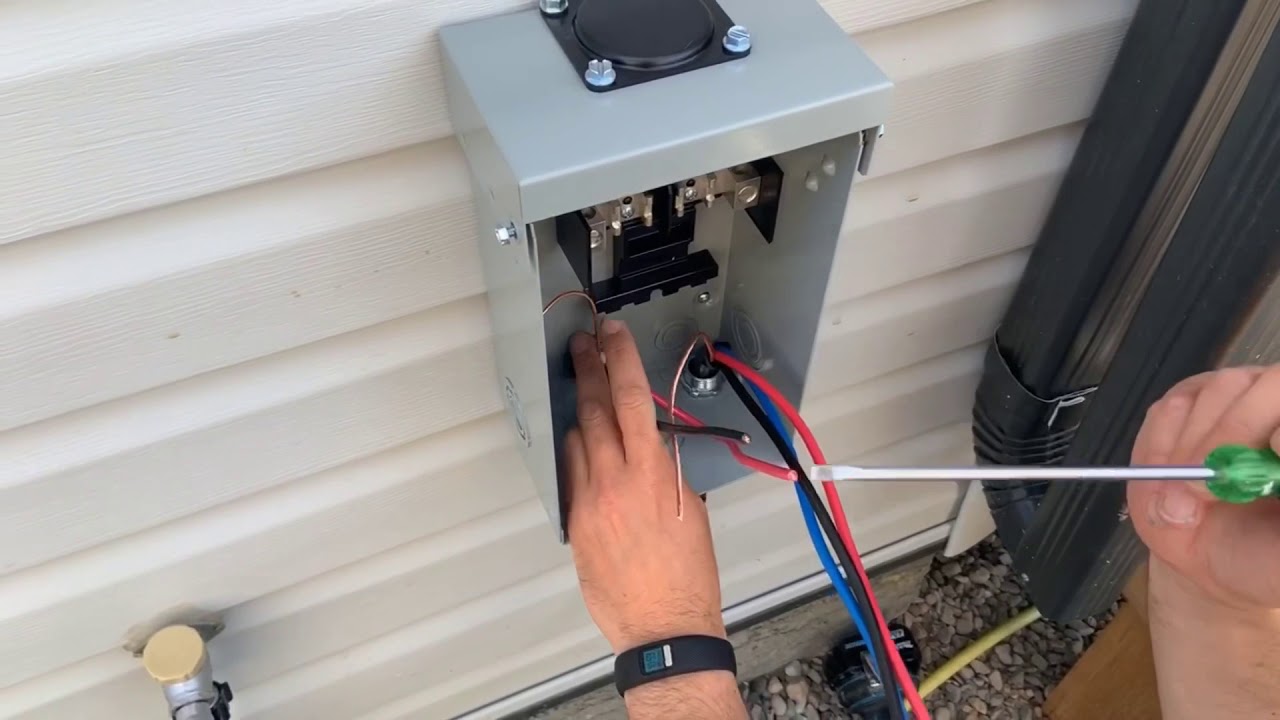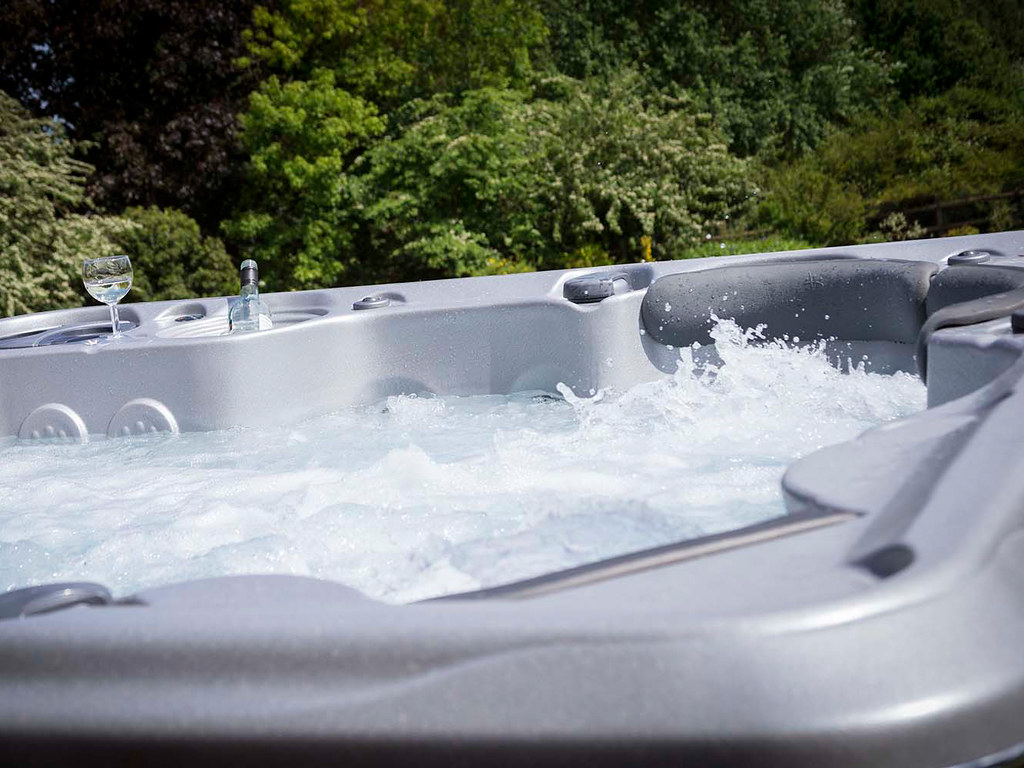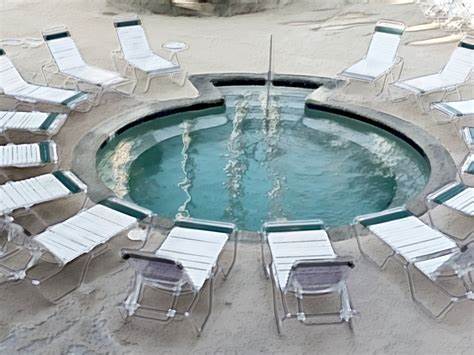Hot tubs are often perceived as the ultimate luxury for those seeking relaxation and wellness right in their own backyard. Yet, their value extends far beyond mere leisure; they offer a sanctuary for health and connection, setting them apart in the realm of home improvements. This unique value proposition elevates hot tubs beyond simple amenities to essential components of a holistic lifestyle.
Among hot tubs, there are various types, including acrylic, rotomolded, and inflatable spas, each known for their distinctive benefits. Acrylic hot tubs stand out for their durability and classic appeal, offering a long-lasting option for those prioritizing longevity and aesthetics. Diving deeper, each type of hot tub presents its own set of maintenance needs, longevity factors, and customization options.
The following sections will delve into these aspects in detail, providing a comprehensive understanding of what makes hot tubs a worthy investment for homes. From the intricacies of proper water chemistry to the nuances of environmental protection, we’ll explore how to extend the lifespan of your hot tub, ensuring it remains a source of joy and relaxation for many years.
What is the Average Lifespan of a Hot Tub?

The average lifespan of a hot tub can significantly differ, generally spanning from 5 to 20 years. This variance is primarily influenced by the hot tub’s construction quality and the maintenance it receives over the years. Acrylic hot tubs are at the forefront of longevity, often reaching the upper end of this lifespan due to their robust construction and enduring appeal.
On the other hand, alternatives like inflatable hot tubs may not offer the same durability, reflecting a shorter lifespan due to the nature of their materials. Maintenance is a pivotal factor in determining how long your hot tub will last. Regular upkeep, including proper water treatment and prompt repairs, is essential.
Such care not only prolongs the life of the hot tub but also ensures it remains a safe and enjoyable part of your home. For those considering a hot tub, understanding these aspects is crucial, as it enables informed decisions about the type of hot tub to purchase and how to care for it, ultimately maximizing the return on this significant investment.
Factors Affecting Hot Tub Longevity
The longevity of a hot tub is influenced by a variety of factors, each playing a critical role in how well and how long it serves its purpose. At the heart of these factors is the quality of the hot tub, with materials like acrylic and rotomolded constructions offering different levels of durability. Acrylic tubs, for instance, are celebrated for their long-lasting nature, while rotomolded tubs might not stand the test of time as effectively.
Maintenance routine stands as a pillar in the quest for longevity, where actions such as regular water chemistry checks, periodic filter cleaning, and replacement are non-negotiable for maintaining the hot tub’s health. The frequency of use also comes into play; daily use versus occasional use can have varying impacts on the hot tub’s condition over time. Environmental conditions pose another significant consideration.
Hot tubs exposed to extreme weather or placed in direct sunlight may experience different stress levels compared to those situated in shaded or more protected areas, potentially influencing their lifespan. By understanding and addressing these factors, hot tub owners can make informed decisions that not only extend the lifespan of their hot tubs but also enhance their overall enjoyment and performance.
1. Quality of the hot tub
The quality of a hot tub significantly impacts its longevity. High-quality materials and superior construction lead to enhanced durability and a longer lifespan.
2. Acrylic vs. rotomolded tubs
Acrylic hot tubs are celebrated for their robustness and ability to withstand the test of time, offering superior durability compared to rotomolded tubs. Rotomolded tubs, while budget-friendly, may not offer the same endurance.
3. Maintenance routine
Adhering to a strict maintenance routine is vital for the longevity of a hot tub. Consistent care, including water treatment and mechanical checks, ensures optimal performance over the years.
4. Regular water chemistry checks
Conducting regular water chemistry checks is crucial for maintaining a balanced environment, and preventing damage to the hot tub’s interior and working parts.
5. Periodic filter cleaning and replacement
Periodic cleaning and replacement of filters are key to keeping the water clean and safeguarding the pump and heater from potential damage caused by debris.
6. Frequency of use
The frequency of use directly influences the wear and tear on a hot tub. Higher usage rates can accelerate deterioration, necessitating more intensive maintenance.
7. Daily vs. occasional use
Daily use demands more rigorous maintenance efforts to manage the increased wear, while occasional use may extend the lifespan by reducing the overall strain on the hot tub.
8. Environmental conditions
The surrounding environmental conditions play a significant role in determining a hot tub’s longevity. Factors such as climate and exposure to the elements can affect its condition over time.
9. Exposure to extreme weather
Hot tubs exposed to extreme weather conditions require additional measures for protection to mitigate the accelerated wear on materials and components.
10. Placement in direct sunlight vs. shaded areas
Hot tubs placed in direct sunlight are at risk of UV damage and potential overheating, whereas those situated in shaded areas are better protected from such environmental stresses.
Signs a Hot Tub Needs Replacing

Identifying the signs that a hot tub needs replacing is essential for maintaining an enjoyable and safe soaking experience. Key indicators include:
- Persistent leaks that prove challenging to fix, indicating potential structural issues rather than mere superficial damage.
- Frequent mechanical failures, particularly involving the pump and heater, which may signal deeper, systemic problems not worth the cost of ongoing repairs.
- Visible deterioration of the hot tub’s shell or frame, such as cracks and discoloration, suggesting that the integrity of the hot tub is compromised beyond simple cosmetic issues.
Recognizing these signs early on can help prevent further damage and assist hot tub owners in making timely, informed decisions about replacement, ensuring the continuation of their relaxation and wellness routines.
Leaks that are hard to fix
Persistent leaks, despite repair efforts, often hint at structural problems rather than minor issues, indicating a potential need for hot tub replacement.
Structural vs. superficial leaks
Distinguishing between structural and superficial leaks is key. Structural leaks affect the hot tub’s foundation, whereas superficial leaks, though possibly bothersome, are generally more manageable and less critical.
Frequent mechanical failures
Frequent mechanical failures, particularly with the pump and heater, signal underlying issues that may not be cost-effective to continuously repair, suggesting the consideration of a new hot tub.
Pump and heater issues
Problems with the pump and heater can severely impact the hot tub’s functionality. Ongoing issues with these components are a strong indicator that the hot tub may be nearing the end of its useful life.
Deterioration of the shell or frame
Deterioration, such as cracks and discoloration in the hot tub’s shell or frame, points to significant aging and wear, often beyond simple repair, highlighting the need for replacement.
Cracks and discoloration
Cracks in the shell and discoloration of the surface are not only aesthetic concerns but also signs of deeper structural damage, usually resulting from long-term chemical exposure and environmental stress.
Enhancing the Lifespan of Your Hot Tub
To ensure your hot tub serves as a long-lasting source of relaxation and enjoyment, adopting a comprehensive care strategy is essential. Regular cleaning and water treatment play a pivotal role in maintaining the hot tub’s condition. Employing the right chemicals is crucial for keeping the water chemistry balanced, thus safeguarding the hot tub’s interior and mechanical components from damage.
Promptly addressing repairs and replacing faulty parts is another key aspect of extending your hot tub’s lifespan. Being proactive about identifying parts that commonly fail and replacing them before they lead to bigger issues can prevent costly repairs and downtime. Moreover, investing in a high-quality cover, especially an insulated one, offers protection against environmental elements such as debris and harsh weather, further contributing to the hot tub’s longevity.
By integrating these practices into your hot tub maintenance routine, you can significantly enhance its durability, ensuring it remains a cherished part of your home for years to come.
Regular cleaning and water treatment
Regular cleaning and water treatment are foundational to maintaining a hygienic and safe hot tub environment, crucial for both user health and the preservation of the hot tub’s components.
Using the right chemicals
Employing the right chemicals in the water is vital for keeping the hot tub’s ecosystem balanced, preventing the corrosion of components, and ensuring the longevity of the system.
Timely repairs and replacements of faulty parts
Timely repairs and replacements of any malfunctioning parts are essential for preventing minor issues from escalating into major problems that can significantly reduce the hot tub’s lifespan.
Identifying parts that commonly fail
Proactively identifying parts that commonly fail and preemptively addressing these issues can lead to more efficient maintenance, saving time and resources in the long run.
Using a high-quality cover to protect from environmental damage
Using a high-quality cover is critical for shielding the hot tub from environmental elements such as debris, dirt, and severe weather, thereby preserving its condition and functionality.
Insulated vs. non-insulated covers
The choice between insulated and non-insulated covers hinges on specific needs and environmental conditions. Insulated covers are particularly beneficial in colder climates for their ability to minimize heat loss, enhancing energy efficiency and potentially reducing operational costs.
Considerations Before Buying a Hot Tub
When venturing into the market for a hot tub, several critical considerations should guide your decision to ensure that your purchase meets your expectations for relaxation, quality, and longevity. Firstly, evaluating the length and coverage of the warranty is paramount, as this reflects the manufacturer’s confidence in their product and safeguards your investment. Secondly, the materials and build quality of the hot tub directly influence its durability and performance over time.
High-quality materials are indicative of a hot tub that will withstand the test of time and the elements. Lastly, researching reviews and brand reputation is essential for understanding other customers’ experiences and the manufacturer’s standing in the industry. Positive reviews and a strong reputation are good indicators of reliability and customer satisfaction.
Carefully considering these factors can lead you to a hot tub that not only fits your immediate needs but also continues to deliver value and enjoyment well into the future.
Warranty and support
Warranty and support are key indicators of a manufacturer’s confidence in their hot tubs and the level of after-sales service you can anticipate, highlighting the importance of comprehensive coverage.
Length and coverage of warranty
The length and coverage of the warranty are vital factors to consider, offering insight into the long-term value and protection of your hot tub against manufacturing defects or operational failures.
Materials and build quality
The materials and build quality are critical in assessing a hot tub’s potential lifespan and resilience. Opting for high-quality materials signifies a commitment to durability and user satisfaction.
Comparison of common materials used
Understanding the comparison of common materials used in hot tub construction, including acrylic, fiberglass, and rotomolded plastics, helps in evaluating each material’s pros and cons related to durability, maintenance needs, and aesthetic appeal.
Reviews and brand reputation
Reviews and brand reputation are invaluable for gauging previous customers’ experiences and the overall reliability of a hot tub brand. A strong reputation often correlates with high-quality products and customer satisfaction.
Online reviews vs. word-of-mouth recommendations
Balancing online reviews with word-of-mouth recommendations provides a well-rounded view of a hot tub’s performance and the manufacturer’s customer service. While online reviews offer a broad spectrum of experiences, word-of-mouth suggestions from trusted individuals can provide personalized insights, aiding in a more informed purchasing decision.
Wrapping Up

Choosing the right hot tub is more than just a purchase; it’s an investment in your well-being and home’s value. By considering the key factors that influence a hot tub’s longevity—such as quality, maintenance, and environmental conditions—you can make a decision that suits your lifestyle and meets your relaxation needs. Additionally, understanding when to replace your hot tub and how to extend its lifespan is crucial for getting the most out of your investment.
Before making a purchase, evaluating the warranty, materials, and brand reputation is essential for finding a product that promises years of enjoyment and relaxation. With this comprehensive guide, you’re now equipped to navigate the hot tub market confidently and select the perfect model for your home sanctuary.
